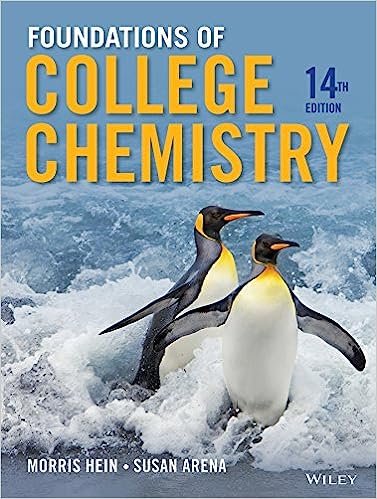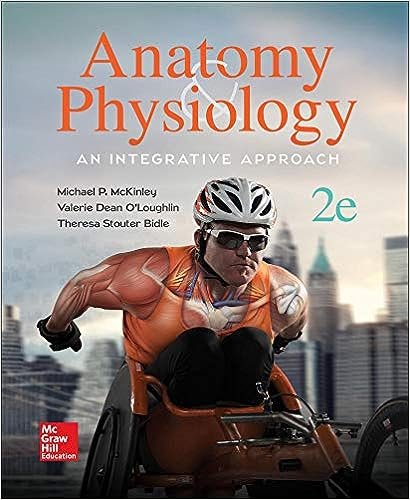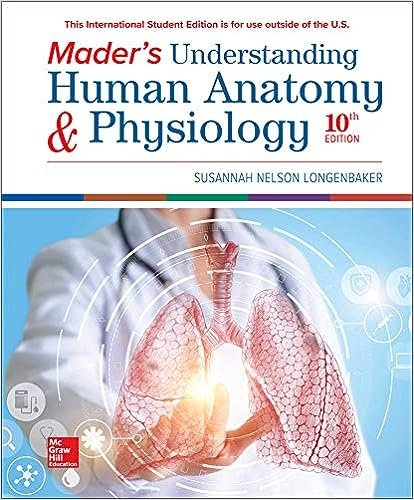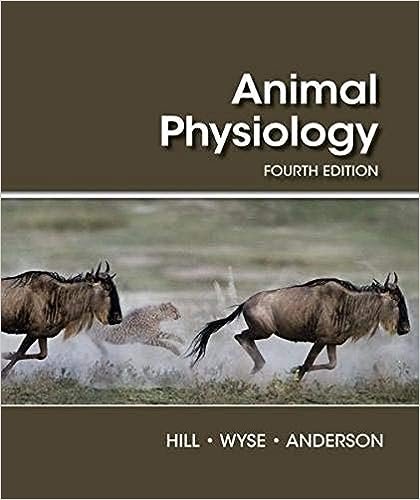Test Bank For Principles of Human Anatomy 14th Edition
32) Briefly describe how proteins move through the Golgi complex.
Answer:
Difficulty: Hard
Study Objective 1: SO 3.4 Describe the structure and function of cytoplasm, cytosol, and
organelles.
Section Reference 1: Sec 3.4 Cytoplasm
Solution: Proteins are packaged into transport vesicles by the rough endoplasmic reticulum
membrane. These vesicles enter on the (cis) face of the Golgi complex, and the proteins move
through the cisternae, from (cis) face through to exit (trans) face. Proteins will leave from the
(trans) face of the Golgi complex in vesicles that will deliver the protein to plasma membrane,
secretory vesicles, or to other organelles in the cell.
Question type: Multiple Choice
33) Which of the following membrane-enclosed organelles contains several oxidases that are
involved in oxidation of fatty acids and amino acids during normal metabolism and in
detoxification of chemicals like alcohol in the liver?
a) peroxisomes
b) mitochondria
c) proteasome
d) ribosomes
e) lysosomes
Answer: a
Difficulty: Medium
Study Objective 1: SO 3.4 Describe the structure and function of cytoplasm, cytosol, and
organelles.
Section Reference 1: Sec 3.4 Cytoplasm
34) Which of the following membrane-enclosed organelles can engulf a worn-out organelle, digest
its chemical components, and recycle those digested components?
a) peroxisomes
b) mitochondria
c) proteasome
d) ribosomes
e) lysosomes
Answer: e
Difficulty: Medium
Study Objective 1: SO 3.4 Describe the structure and function of cytoplasm, cytosol, and
organelles.
Section Reference 1: Sec 3.4 Cytoplasm
35) The major function of mitochondria is to
a) move the cell.
b) generate ATP.
c) produce proteins.
d) oxidize organelles.
e) synthesize glycolipids.
Answer: b
Difficulty: Medium
Study Objective 1: SO 3.4 Describe the structure and function of cytoplasm, cytosol, and
organelles.
Section Reference 1: Sec 3.4 Cytoplasm
36) Which of the following protects the contents of the nucleus?
a) nucleic acids
b) nuclear membrane
c) centrosome
d) cilia
e) Golgi complex
Answer: b
Difficulty: Easy
Study Objective 1: SO 3.5 Describe the structure and function of the nucleus.
Section Reference 1: Sec 3.5 Nucleus
37) What is the major function of histones?
a) needed for helix formation of the DNA
b) add negative charge to the DNA
c) help organize coiling and folding of the DNA
d) degrade faulty proteins in the nucleus
e) catalyze methylation of the DNA
Answer: c
Difficulty: Medium
Study Objective 1: SO 3.5 Describe the structure and function of the nucleus.
Section Reference 1: Sec 3.5 Nucleus
Question type: Essay
38) Briefly explain the difference between transcription and translation.
Answer:
Difficulty: Medium
Study Objective 1: SO 3.6 Describe the sequence of events in protein synthesis.
Section Reference 1: Sec 3.6 Protein Synthesis
Solution: Transcription is making mRNA from DNA and it occurs in the nucleus, while translation
is making a protein from the information in mRNA and happens in the cytosol of the cell.
Question type: Multiple Choice
39) This portion of a DNA segment does not code for a protein.
a) RNA
b) introns
c) exons
d) polyribosome
e) ribosome
Answer: b
Difficulty: Medium
Study Objective 1: SO 3.6 Describe the sequence of events in protein synthesis.
Section Reference 1: Sec 3.6 Protein Synthesis
Question type: Essay
40) Briefly describe alternative splicing.
Answer:
Difficulty: Medium
Study Objective 1: SO 3.6 Describe the sequence of events in protein synthesis.
Section Reference 1: Sec 3.6 Protein Synthesis
Solution: Alternative splicing of mRNA is a process in which the pre-mRNA transcribed from a
gene is spliced in different ways to produce several different mRNAs. The different mRNAs are
used to make different proteins.
Question type: Essay
41) Define homologous chromosomes.
Answer:
Difficulty: Easy
Study Objective 1: SO 3.7 Understand the events and processes involved in cell division.
Study Objective 2: SO 3.7.1 Discuss the stages, events, and significance of somatic and
reproductive cell division.
Section Reference 1: Sec 3.7 Cell Division
Solution: Homologous chromosomes contain similar genes arranged in the same (or almost the
same) order.
Question type: Multiple Choice
42) During this phase of cell division, organelles duplicate and centrosome replication begins.
a) interphase
b) prophase
c) metaphase
d) anaphase
e) telophase
Answer: a
Difficulty: Medium
Study Objective 1: SO 3.7 Understand the events and processes involved in cell division.
Study Objective 2: SO 3.7.1 Discuss the stages, events, and significance of somatic and
reproductive cell division.
Section Reference 1: Sec 3.7 Cell Division











Reviews
There are no reviews yet.